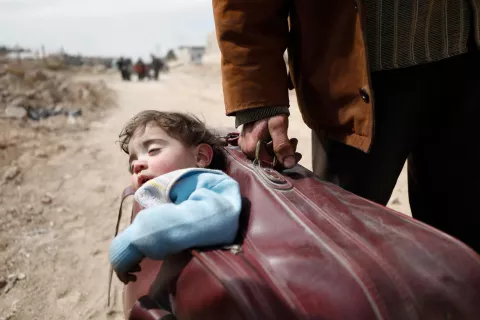Document
Alternatives to immigration detention of children
Immigration detention of children is never in their best interests, is a violation of their rights, and should be avoided at all costs.

About
- Immigration detention is expensive, burdensome to administer and rarely fulfils its stated objectives as a migration management tool, and it does not act as a deterrent to would-be migrants.
- The provisions on detention of children (as a ‘measure of last resort’) in the Convention on the Rights of the Child (CRC) may apply to children in conflict with the law, but are not applicable to immigration proceedings and therefore cannot be used to justify immigration detention of children.
- Child immigration detention cannot be justified solely on the basis of a child being unaccompanied or separated. When children are accompanied, the need to keep the family together also is not a valid reason to justify a child’s detention.
- To avoid the risk of detention for unaccompanied or separated children, the key mechanism is swift identification, referral to national child protection authorities and provision of a guardian.
- Alternatives to detention for children and families include a range of options such as supported community placement, including placement with host families, bail schemes to ensure compliance with immigration proceedings or reporting requirements, or schemes whereby guarantors or sponsors agree to support the care and supervision of a migrant family in the community.


